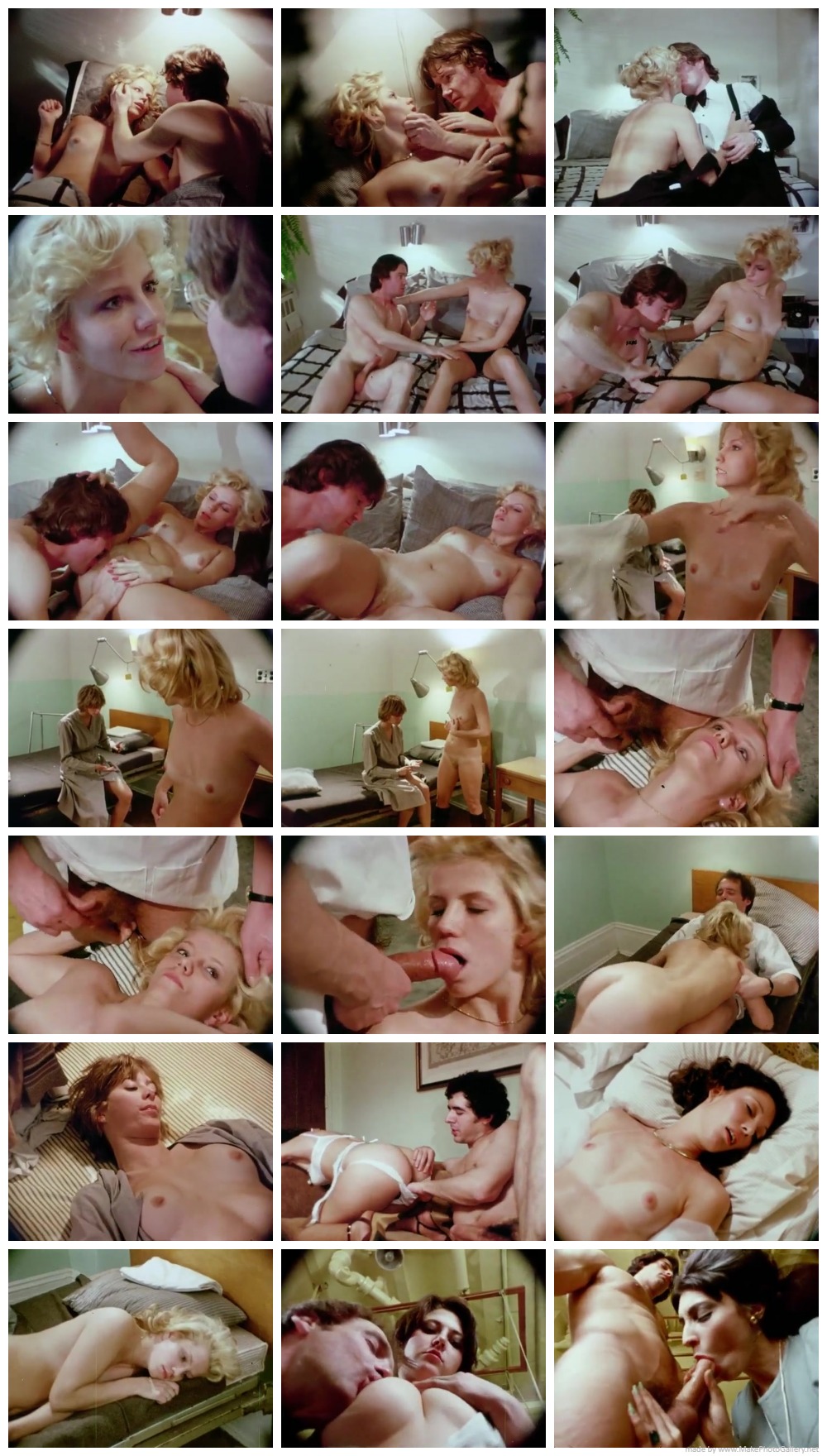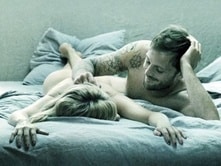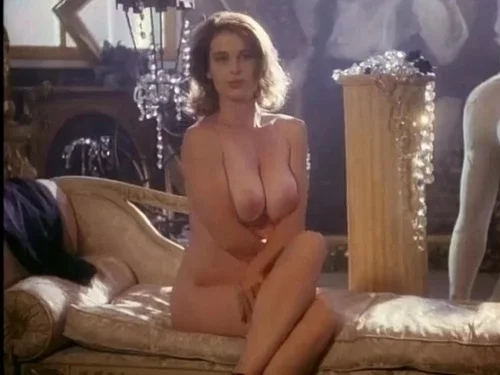Alice Randel, a devoted wife, has an unusual problem. She experiences severe sexual trauma during her sleep and occaisionally this condition causes her to request unusual sexual acts from her husband. As she appears to become more and more deranged the couple seek help from Dr. Allan Bannister, a psychiatrist, who, in turn, contacts John Bellinger, a detective, to track down Mrs. Randel’s background. Bollinger aided by his sexy assistant, Suzy Benton, discover that there’s a darker truth behind the womans condition. She was born a siamese twin, seperated at birth, and that the sister is criminally insane, causing the unusual dreams through telepathy. Costello’s hardcore homage to Sisters (1972) by Brian DePalma

Written, edited and directed by Shaun Costello (using the pseudonym Russ Carlson), 1979’s More Than Sisters also sees Costello playing a man whose loyal wife is plagued by nightmares. In order to try and get her some help, he pays a visit to a psychiatrist named Dr. Bannister (well played by Jamie Gillis, to whom this DVD release is dedicated), who ascertains that the only way to help the woman in question would be to interview her. It seems that the poor woman is experiencing some pretty serious sexual experiences in her dreams, which is causing her to make some rather unorthodox requests from her husband.
As she’s brought into the asylum where the good doctor operates, the same hospital where her sister has been locked away for some time, we learn that there’s a whole lot more going on here than pill popping and group therapy – it seems that everyone here has some sexual hang up of some sort, and that they’re only too happy to work them through with one another.
The sign on the hospital used for this film reads Hartenwood Asylum and places it in Quebec, though it’s unclear if that was the real name of the institution used in the film or not (it’d be understandable if the powers that be that let Costello shoot his film there didn’t want the real name used). It could very well have been in Quebec, as the buildings don’t bare any resemblance to any of the better known mental institutions that are scattered around the New York and Long Island areas where Costello would shoot most of his pictures. The location shooting inside the hospital is quite fascinating, whether it’s authentic or not (I’m leaning towards yes on this one). It has a bizarre, sterile and medicinal feel that makes for an interesting contrast to the copious amount of bumping and grinding that goes on behind its walls. The scene in which a certain character comes up to the entrance and sees the staff leering, shot with a fish eye lens, has a rather ominous effect.
Those who watch seventies porn for awesome New York City footage might not see as much of that here as in some of Costello’s other films (Water Power, for example, takes place almost entirely in Times Square – or at least gives us the illusion that it does) but there are some great shots here, including one where Costello’s character and his wife come out of a theater showing A Chorus Line. We get some nice marquee shots here and the cinematography shows off the seemingly omnipresent Coca-Cola sign that we see in so many movies from this era, as well as a great, massive Gordon’s Gin sign. There’s lots of light and neon here and the film has that time capsule quality that makes so much similar material so interesting to a lot of people. There’s also some nice footage of Central Park and lower Manhattan
As far as the acting goes, More Than Sisters is better than average. Costello is good in his supporting role here while Lynn Stevens makes for a positively lovely leading lady. Her natural good looks and attractive face and figure make her plenty easy on the eyes and she shows some admirable spirit here as well. Gillis is good as the doctor, just as pompous and seemingly arrogant as you’d hope he would be in a part like this, though a bit more restrained than he’s been in some of his better known films. As far as the eroticism quotient goes, the first scene in the film shows Costello’s character and his wife in bed together and there’s a fair bit of heat here, even if the anal looks a bit uncomfortable! This is followed by a scene with Roger Cain and R. Bolla doing what hospital interns shouldn’t ever do to a patient no matter how pretty and blonde she may be. Gillis gets into it with a nurse who goes down on him before he gives her a spanking, but only has the one scene here. Eric Edwards and Lynn Stevens make a good couple in their scene together, sharing some champagne in a fancy room before getting down and dirty, and the ‘big finale’ scene involving quite a few of the principal players all at once is interestingly shot.
As Scorsese’s influence was all over Water Power, so DePalma’s influence is all over More Than Sisters (even the title is a nod). A few interesting and familiar sounding musical cues work their way into the picture to nice effect (Bernard Herrmann’s soundtrack to ‘Psycho’ is used) while the film is generally well shot, well lit and at least trying to do something a bit different with the genre. It’s not always one hundred percent successful – if you start to think about the plot too long you’ll realize how ropey it all is – but Costello certainly deserves credit for attempting such an ambitious project in the first place. A great cast and some really interesting locations are this film’s strongest points and make is a pretty interesting watch.The movie itself is an odd one, but a compelling one never the less, an interesting mix of cerebral smut and suspense film trappings presented through Costello’s skewed vision.










